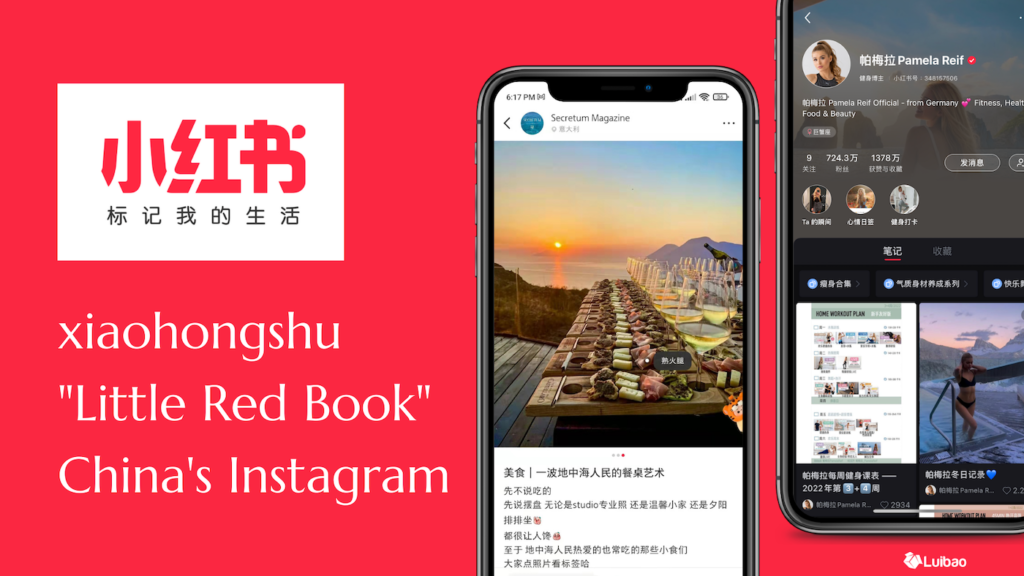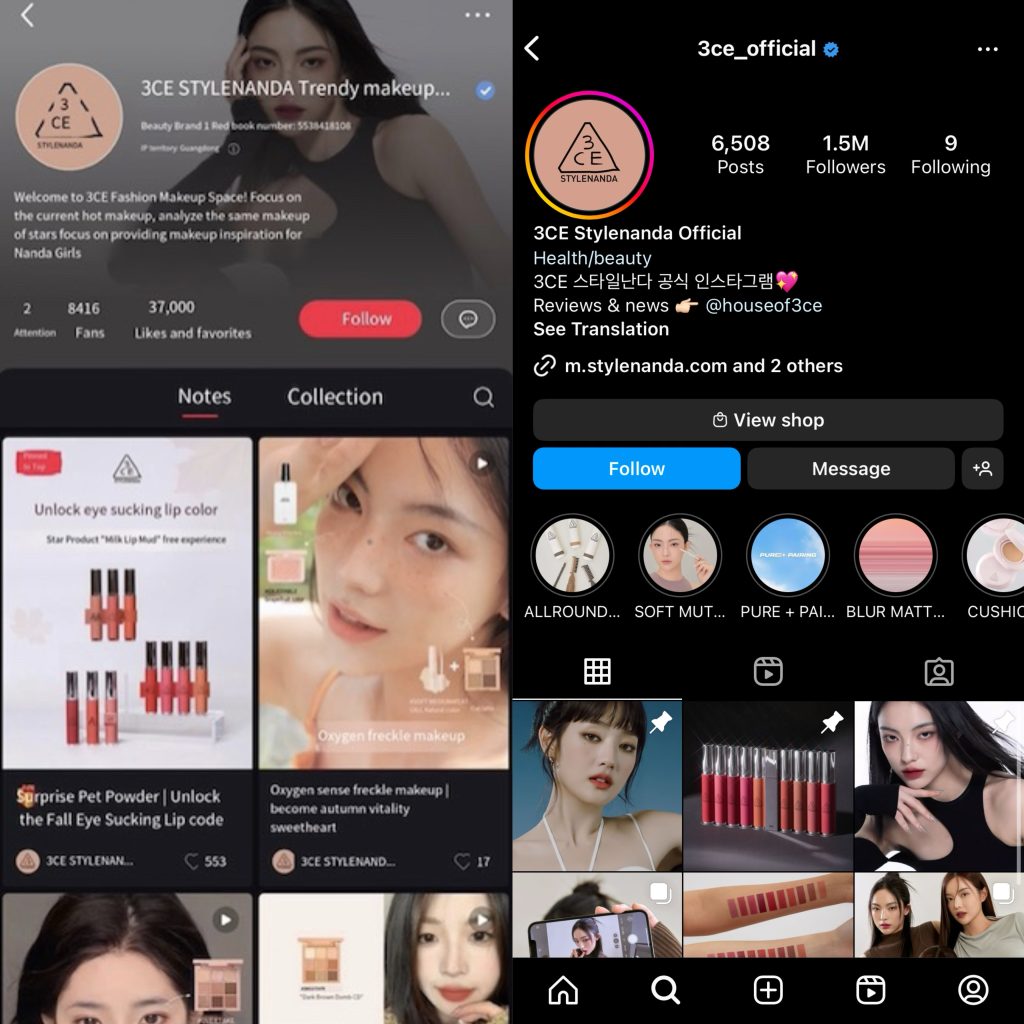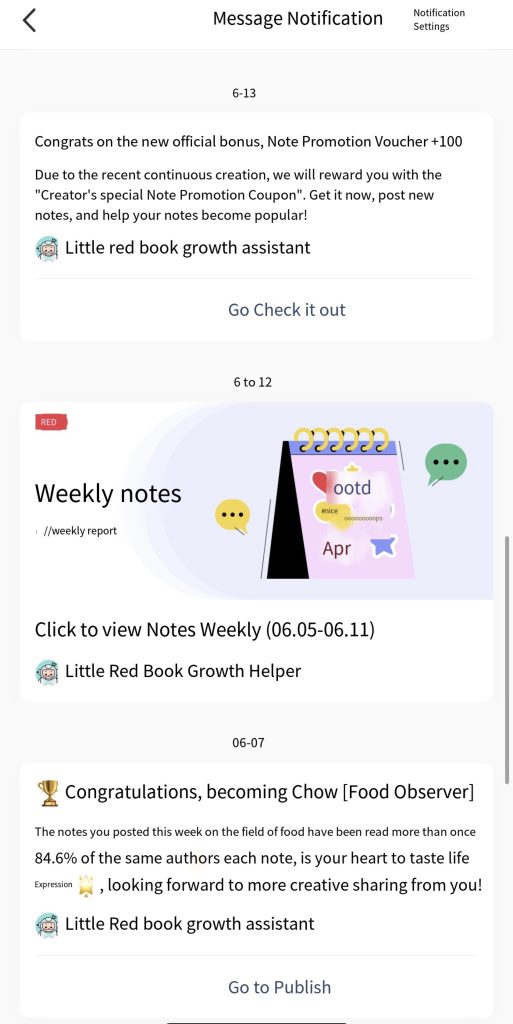
Figure 1. Xiaohongshu app (https://images.app.goo.gl/Zr7inw7AgjiDW2M46) by insights (Luibao)
Abstract: This article introduces the popular Chinese app Xiaohongshu, by developing the functional design of the app, and the original intentions of the developers. We discuss how it forms an active user base and community. Combining the above aspects, this article analyzes and discusses how the platform conducts content moderation, as well as community management. The impact on social culture and users, and the problems and difficulties it faced.
Introduction
The app Xiaohongshu, also known as Red, was developed in 2013 and has become a mainstream social media platform in China in just a few years. Users on this platform are both audiences and content producers. They can ask and answer questions from other users, they can also share things about shopping, life and so on. That is its slogan: mark my life. The popularity of Red is also due to the characteristics of the design of the platform, which revolves around the content generated by users and spread among users. Here even if you are not a blogger with lots of fans, your content has a chance to be seen by others, as long as you have the same interests, the platform will be pushed in this community. This is another feature of the platform, ‘personalization’, based on algorithmic recommendations to help users find others with similar interests, thus forming a community.
Rad has also taken on a Chinese internet slang term called ‘growing grass’ or ‘Content seeding’ (Menty, 2022), it also explains the characteristic of the app, where users share their feelings about using the product, thereby encouraging other audiences to buy it. It is like planting the seed of the product in the minds or hearts of other users, making them desire the product.
This video will help you better understand the Red app.
Never heard of Xiaohongshu? Then you’re not tredy enough by Xiaohongshu, Via Youtube.
Content moderation
The reason why the app is popular, as mentioned previously, is that it is mainly user-generated content to promote the development of the app. When users first open the app, they may feel similar to Instagram, but it is more like a combination of Google and a shopping platform. In the app, you can get all kinds of information you want, including life information, skin care, beauty, study and so on. Users can search for keywords to get posts posted by others, and can also get answers in the comments section. While, when users open some posts about beauty or clothing, it may also appear in the lower-left corner of the link, but it does not take users to other platforms, they can directly buy in the app. However, it is difficult for platforms to maintain this extreme freedom and fairness. If they do not tighten up the management, it is hard for the platform to operate. Therefore, they need to maintain a moderate, that is, to protect the peaceful coexistence between users and not harm each benefit of others. and monitor unhealthy content (Gillespie, 2018). This led Red to play the role of maker and supervisor. The following is about how the platform regulates the platform content and users.

Figure 2. Left is the homepage of Red, right is the homepage of Instagram by screenshot.
The app reviews the content of each post mainly by a combination of artificial intelligence and administrators. This may have been the original intention of the platform developers, who may have wanted to create a platform, as John Perry Barlow describes, where everyone has the equal and free right to speak out without being forced (2016). Therefore, Red hosts all the participation and social connections. In the main aspect of moderation, artificial intelligence is used to regulate and review the content posted by users, illegal content will not be allowed to be issued or automatically deleted by the platform. There are three main provisions,
- Respect originality and share content with authenticity.
- Sharing nudity, and sexual content is prohibited.
- Prohibit the abuse of influence to incite the community, and platform environment.
For the supervision of content, it is not only through artificial intelligence, but also the state of mutual supervision between users. This means that when individual users post content that may have eluded AI detection, other users are encouraged to report the posts. But this reporting mechanism is also used by users who may have a competitive relationship to prank each other. At this point, the supervisor, makes the judgement.
Community management
These social media platforms and app community management play an important role in motivating user engagement and brand trust, the platform acts as an intermediary to help the different branches, like users and enterprises, to make connections and cooperation here (John, 2016).
When Red first took off, most of its audience was women. The data also confirms this, it is reported that 80% of the audience is female, and 90% of the women are younger, mainly millennials and Z-generation groups (Wan, 2022). Women are passionate about discussing skincare and beauty products, and brands will also look for influencers on the platform to fit their brand promotion. Therefore, community formation here can be divided into community groups with KOL as the center, and community groups with their initiative to share and contact. The high degree of satisfaction and trust of users and enterprises depends entirely on its community management. Red through the following aspects of community management:
- User content
By reviewing content posted by users, monitoring and removing content that violates regulations. Maintain a positive, clean environment for the community. It encourages users to monitor each other, thereby promoting active user engagement, but also helps the platform to quickly detect problems and review. These ways ensure the safety and reliability of Red app, as well as a pleasant environment.
- Platform guidelines
The first rule in the guidelines is about respecting originality and respecting others. In its program design, it also gives users the right to protect their rights by reporting and deleting when they find others plagiarizing and imitating. This positive cooperation and encouraging attitude also reflects the active responsibility of platform to supervise.
- Interaction between the platform and the user
User engagement is the key to Red. Therefore, administrators will engage with users through user experience research, official rewards, summary of weekly reports to promote user participation in the content construction of the app. The platform will also collect and monitor data to analyze current user preferences, community dynamics, and user engagement. Through these data, the platform also improves the community construction and community system accordingly.

Figure 3. Official notification by screenshot
Potential challenge and problem

Business problem and challenge concept with businessman – Stock Photo & Image By Elnur_( CC BY-NC-ND 4.0 DEED), Via, Vistacreate.
The main problem of Red is its current language system, which only has a Chinese version, which may cause language barriers when many foreign brands want to promote their brands on this platform. In addition, since the audience is mainly Chinese, they may be different from foreign brands in terms of culture and preferences, which leads to consumers’ inability to resonate with the brand. Therefore, when brands enter the Red or look for KOL, they should first conduct market preference research, and carefully understand the advertising and platform regulations of the Red.
The second issue is that the content posted in the community inhibits the diversity of content (Liu, 2023). Now, the little red book, more reflects the superficial, interests of the content. Red is a life-oriented app, which inevitably leads to some content that will produce comparison and luxury style. As a result, more people will share fake products in videos for the sake of social status, self-esteem and influence. This also affects every user in the community, because this thinking is also in daily use, slowly affecting their cognition and the pursuit of material.

